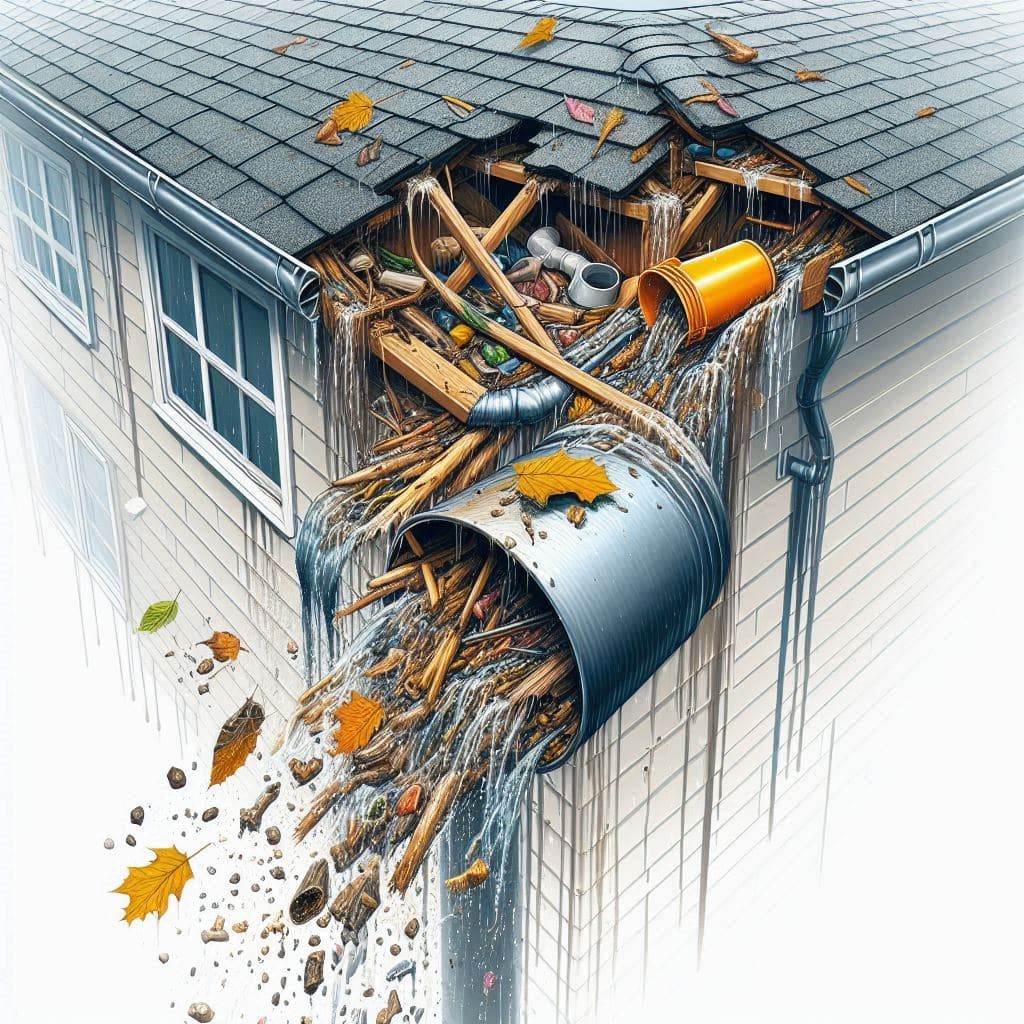Introduction
In Florida, hurricanes are a formidable force of nature, with the potential to cause significant damage to properties, especially to roofs. Preparing your roof for hurricane season is not just a safety measure—it’s an essential part of home maintenance that can save you from catastrophic losses and costly repairs. At Pinnacle Roofing Group, we specialize in fortifying roofs against the brutal forces of nature. This guide will walk you through comprehensive strategies to ensure your roof can withstand the severe weather conditions prevalent in Florida.
Understanding Hurricane Risks for Roofs
Before diving into preparation techniques, it’s crucial to understand the risks hurricanes pose to your roof. The primary dangers include:
Wind Damage
Hurricanes can produce winds exceeding 100 miles per hour, capable of tearing off roof shingles, tiles, or even entire sections. The intense pressure changes and wind gusts can lift and remove roofing materials, leaving your home exposed to the elements.

Water Damage
Heavy rains can exploit any weakness or pre-existing damage in your roof, leading to leaks and severe water damage inside your home. Water infiltration can cause mold growth, structural damage, and a host of other problems that are costly to repair.
Debris Impact
Flying debris during a storm can puncture roofing materials, leading to immediate and severe roof damage. Branches, pieces of construction material, and other objects propelled by hurricane-force winds can cause significant harm to your roof’s integrity.
Assessing Your Roof’s Current Condition
The first step in hurricane preparation is assessing your roof’s current condition. This involves:
Visual Inspection
Conduct a thorough visual inspection of your roof from the ground or a safe vantage point. Look for missing shingles, cracks, rust on metal parts, and damaged flashing. Pay special attention to areas around chimneys, vents, and other roof penetrations.
Professional Inspection
Schedule a professional roof inspection to uncover potential vulnerabilities that are not visible to the untrained eye. A professional can assess the structural integrity of your roof and identify issues like weak spots, improper installations, and hidden damage that could be exacerbated by a hurricane.
Essential Hurricane-Proofing Techniques
Once you’ve assessed the condition of your roof, it’s time to implement hurricane-proofing techniques:
Secure the Shingles
Ensure that all shingles are securely nailed down. Consider installing hurricane clips or straps to strengthen the connection between your roof and the structure of your home. These clips or straps can help prevent the roof from being lifted off by strong winds.
Improve Water Resistance
Apply a waterproof sealant along the edges of the roof and around any openings (like vents and chimneys) to prevent water intrusion. Additionally, consider installing a secondary water barrier under your shingles for extra protection against leaks.
Clear Gutters and Downspouts
Ensure that your gutters and downspouts are clear of debris to allow for proper drainage during heavy rains. Clogged gutters can cause water to back up and seep under the roof, leading to water damage. Regularly clean your gutters and ensure they are securely attached to your home.

Choosing the Right Materials for a Hurricane-Proof Roof
The materials used in your roofing system play a critical role in its ability to withstand hurricanes:
Metal Roofing
Known for its durability and wind resistance, metal roofing is one of the best options for hurricane-prone areas. Metal roofs can withstand high winds and are less likely to be damaged by flying debris.
Impact-Resistant Shingles
These shingles are specially designed to resist impacts from flying debris and high winds. They are typically made from a thicker, more durable material that can better withstand the forces of a hurricane.
Tile Roofs
Concrete and clay tiles are heavy and less likely to be lifted by strong winds, though they need to be well-maintained and properly installed. These materials are durable and can provide excellent protection against wind and water damage.
Routine Maintenance to Enhance Roof Resilience
Regular maintenance is key to keeping your roof in top condition:
Bi-Annual Inspections
Conduct inspections before and after hurricane season to identify and address any potential issues. Regular inspections can help catch minor problems before they become major ones.
Prompt Repairs
Address minor damages immediately to prevent them from worsening during a hurricane. Even small issues like a loose shingle or a minor crack can become significant problems during a storm.

Case Studies: Roofs That Withstood the Storm
Explore real-life examples where effective preparation and the right materials helped roofs withstand the fury of past hurricanes. These stories underscore the importance of proactive measures and the role of professional expertise in safeguarding homes against severe weather.
Case Study 1: Metal Roofing Success
A family in Tampa had a metal roof installed just before hurricane season. When a Category 4 hurricane hit, their roof remained intact, protecting their home from water and wind damage. The homeowners credited the durability of the metal roof and the professional installation by Pinnacle Roofing Group.

Case Study 2: Impact-Resistant Shingles
In Orlando, a homeowner decided to upgrade to impact-resistant shingles after experiencing damage in previous storms. When the next hurricane season arrived, their roof withstood high winds and flying debris without any significant damage, thanks to the new shingles and the added water barrier.
Conclusion and Call to Action
Preparing your roof for hurricane season is a critical endeavor for every Florida homeowner. Taking the right precautions can be the difference between a roof that withstands the storm and one that succumbs to it. If you’re unsure about your roof’s readiness, Pinnacle Roofing Group is here to help. Send us a photo of your roof through our online form, and our experts will assess whether you’ve taken all the necessary precautions. Don’t wait for the first storm warning—take action today to ensure your roof is ready to protect your home and family.
References
- Federal Emergency Management Agency (FEMA): FEMA Hurricane Safety
- National Roofing Contractors Association (NRCA): NRCA Hurricane Preparedness
- Insurance Institute for Business & Home Safety (IBHS): IBHS Hurricane-Resistant Roofs
